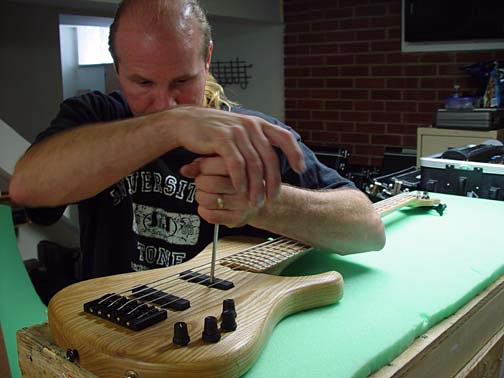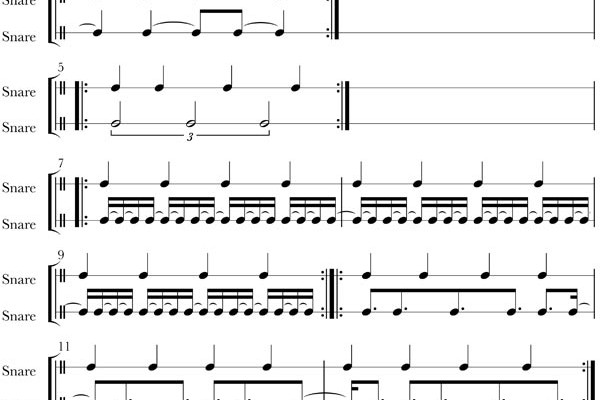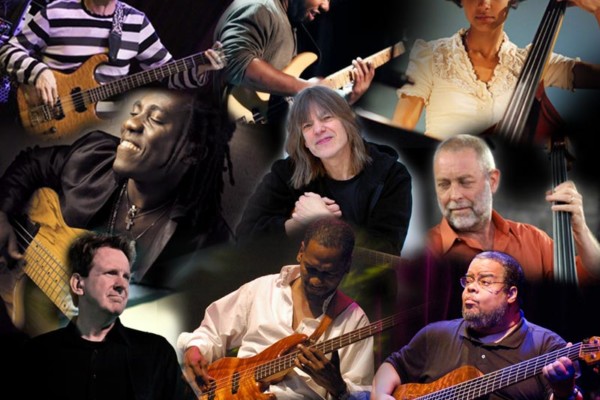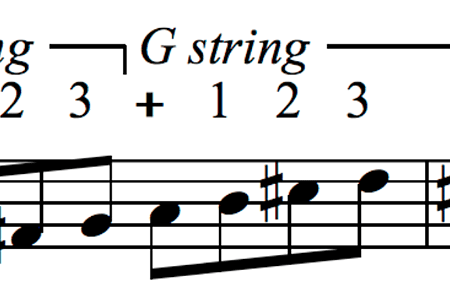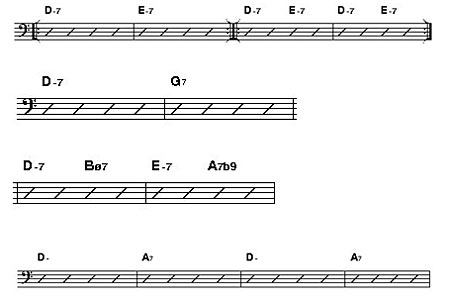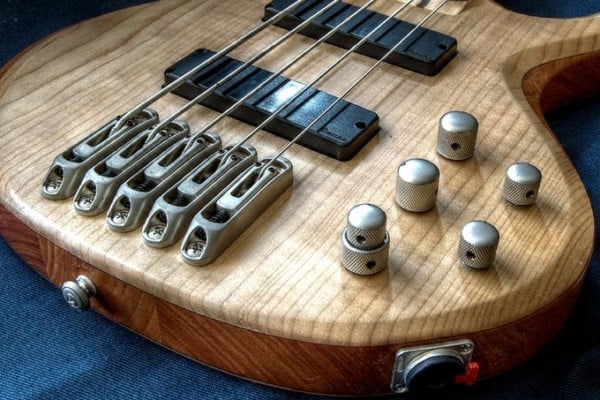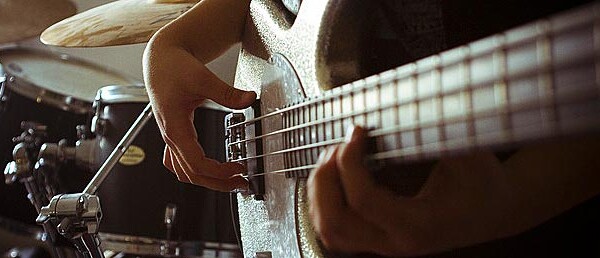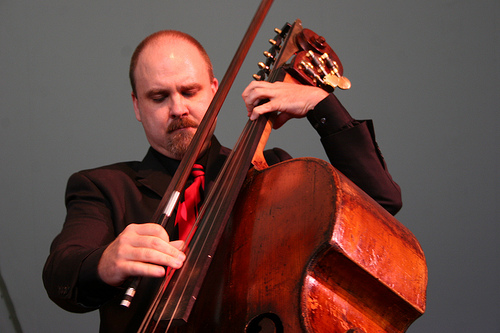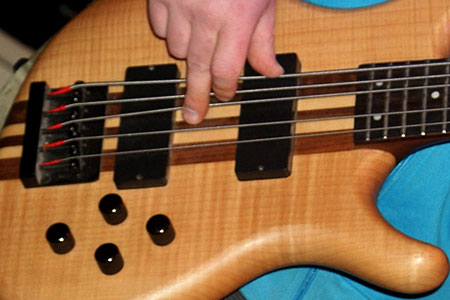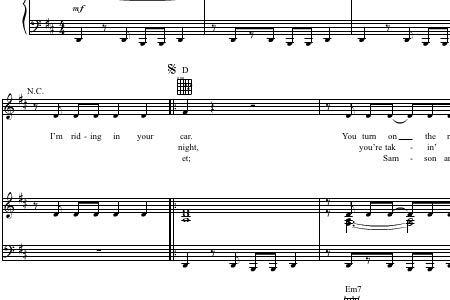Columns: How Tos, Advice & Lessons for Bass Players
Columns - Page 66
Custom Shop: Brubaker Guitars
For Kevin Brubaker, an aesthetic mod led to a lifetime of luthiery. Coupling his need to tweak his bass with his background in woodworking, he soon started building his own basses. Since his start nearly 30 years ago, Brubaker has created over a thousand custom instruments. Brubaker Guitars often feature distinctive book-matched tops with exotic woods and extraordinary finishes that...
Exploring Polyrhythms: A Practice Guide
Q: What is a “polyrhythm”, and how can I use them? A: Technically speaking, a polyrhythm is exactly what it says… more than one rhythm happening at the same time. This could be a Cascara rhythm combined with a Clave, or even just a swing pattern on the ride along with the hi-hat on 2 and 4. I find African,...
A Review of Mike Stern’s “All Over the Place”
Guitarist Mike Stern’s new record All Over the Place features a veritable smorgasbord of bass talent: Esperanza Spalding, Richard Bona, Victor Wooten, Anthony Jackson, Dave Holland, Tom Kennedy, Will Lee and Victor Bailey. Like a kid in the rhythm section candy shop, Stern audibly delights in playing with these guys. Further, the quality of Stern’s writing, the variety of grooves...
Thumb Position: Major Scale Fingering for Bass
There are a multitude of fingerings for any particular scale, and no single fingering is appropriate for every situation. In fact, the most effective fingering for any specific passage will be related to musical issues, not technical ones. Some scale fingerings, however, prove to be useful in a great many situations and are worth having ingrained. Today I want to...
The Culture of Free
The game theory of discovery and the birth of the free-gap It all started because of the discovery problem. Too many things to choose from, more every day. No efficient way to alert the world about your service, your music, your book. How about giving it away to help the idea spread? The simplest old school examples are radio (songs...
Chord Substitutions, Tritones and Bass
Q: When is it ok to use chord substitutions on standards? Also, can you explain tritone substitutions? A: The use of chord substitutions is fun to practice but must be used with caution on the gig. Our role as a bass player is to support the harmonic foundation for the rest of the band, as well as lock the rhythms...
Getting to Know Your Bass: Part 1 – Tone Controls
Last night, I got to experience a true musical treat: the Tedeschi Trucks Band at the historic Ryman auditorium in Nashville. The band is somewhat of a super-group of talent and each player has a distinctive voice that contributes to the overall awesomeness of the music. Listening to players like Oteil Burbridge and Derek Trucks, I witnessed first-hand how much...
Expanding Your Voice on Bass: Inflections and Articulations
Q: I notice bassists adding what I would call a “slur”, but I think the correct term would be trill at the end of lines and phrases. I really dig the effect, but my hands and mind are not naturally inclined to do this. What would you recommend to help me work on this? A: As with any technique, the...
Strategies for Better Intonation
If you are an upright bassist, then intonation is on your mind. I’ve talked in the past about using drones to help solidify intonation, but this is just one of seemingly innumerable strategies to improve pitch. Today we’ll touch on a few other approaches. You can do all of these exercises with music you are working on or, of course,...
Choosing the Right Tone for the Song: On Stage and In Studio
Q: How do you decide what tone to use for different songs? A: This is a great question. And it is one that is very subjective. This will be different for everyone, but I’m happy to share my personal take on it. This is also something that may be very different live than it is in the studio. Quite often,...
Learning the Song – Part 2: Comparing and Contrasting Multiple Versions of a Tune
Welcome to Part 2 of “Learning the Song.” If you checked out the first part of this series, you’ll be familiar with some of the essential elements of learning a song, such as the key, the chord progressions, the form, and so on. Learning “the song” is a great exercise in ear training, adapting theory rules and being prepared for...
Performing Live: Adapting to Your Environment
Q: I had a gig last night at a church and the room resonated right on F#. The designer of the church could not have designed it any better to mess up anybody playing F#. When I would hit an F#, it would instantly double or almost triple my output. Very crazy. I tried to remember to play it lighter...
